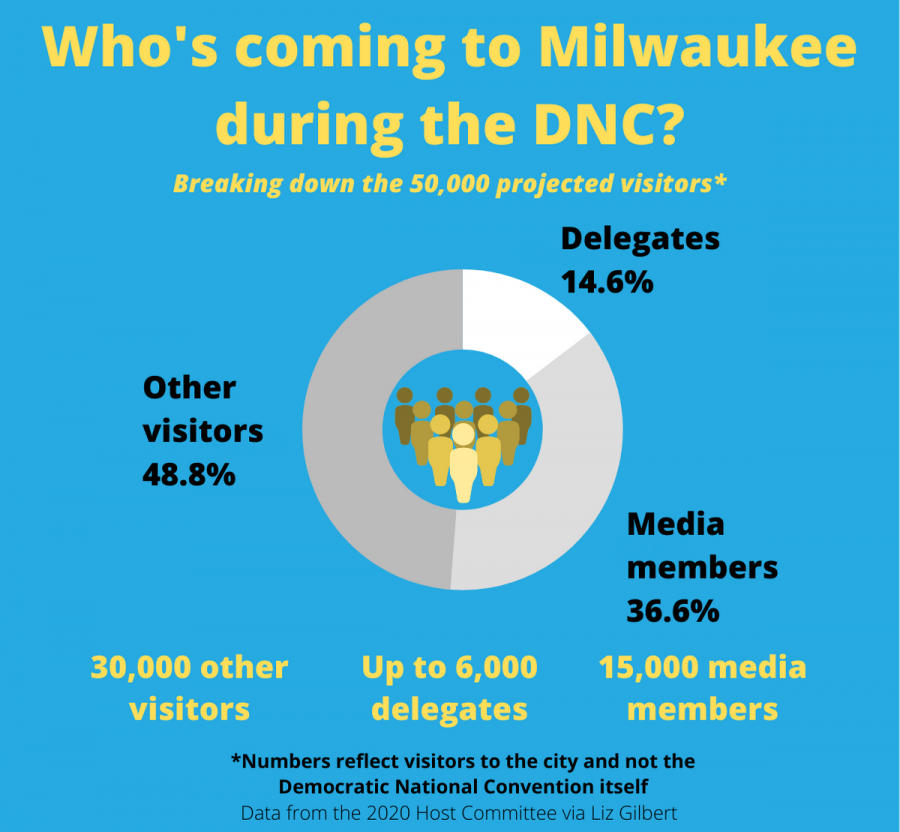 The public caught its first glimpse of the new proposed downtown streetcar circuit at an informational open house Thursday at the Zeidler Municipal Building, 841 N. Broadway St. The city has considered numerous similar transit lines since 1991, but none have gained enough traction to reach public inspection.
The public caught its first glimpse of the new proposed downtown streetcar circuit at an informational open house Thursday at the Zeidler Municipal Building, 841 N. Broadway St. The city has considered numerous similar transit lines since 1991, but none have gained enough traction to reach public inspection.
There are three proposed routes, each about two miles long, that would run between Ogden and Farwell avenues on the East Side and the Milwaukee Intermodal Station at 433 W. St. Paul Ave. The routes are all linear, which makes it easier to expand if the proposed initial line is successful, said Jeff Mantes, commissioner of Milwaukee Public Works. Expansions could continue west to Marquette, Miller Park and county properties, north to the University of Wisconsin-Milwaukee and south to General Mitchell International Airport.
The electric-powered streetcar vehicles would operate in the right traffic lane on both sides of two-way streets and would not affect curbside parking, said Mark Kaminski, project manager of the HNTB consulting team.
City engineer Jeff Polenske said the streetcars could more readily connect the east side with transportation services downtown and at the Milwaukee Intermodal Station, including Milwaukee County buses, regional buses and Amtrak trains.
Other proposed projects such as the Kenosha-Racine-Milwaukee commuter line and the Midwest Regional Rail System, which would connect Milwaukee and Madison, could unify city transit with regional transit options, Polenske said.
More than one million people use the intermodal station annually, Kaminski said.
The intermodal connection would best serve visitors who need to reach downtown hotels, convention centers or other attractions, said Alderman Bob Bauman, who represents the city’s fourth district which includes Marquette and the downtown area.
“The last mile is key in all transportation issues,” Bauman said.
While buses already provide service for out-of-town visitors trying to cover that “last mile” of their trips to hotels, Bauman said the streetcar would be more effective for visitors because rail is self-identifying and taking buses in an unfamiliar city can be stressful.
Milwaukee’s East Side residents would be able to reach downtown destinations on a quieter, smoother ride than a bus provides, Polenske said. Eliminating or reducing the existing bus service is not part of the streetcar proposal, Bauman said.
Another goal of the streetcar system is to attract discretionary travelers to public transportation. Bauman said there is a psychological barrier keeping middle-class citizens who own cars from taking a bus. A streetcar would eliminate that barrier, Bauman said.
The city of Milwaukee has $54.9 million of federal money to spend on the new streetcar system, which would cover the cost of constructing the two-mile line and purchasing vehicles. Putting in the rails would be similar to any street reconstruction project, Mantes said.
While the current proposals have come further than any other streetcar proposals, the project still faces obstacles. The plan will go before the Common Council in the beginning of next year. If approved, the Federal Transit Authority could begin engineering and design work on the new line, which could be complete by 2011. Construction would take approximately two years and the streetcar would be ready to begin operations in spring 2014, Polenske said.
Polenske predicted that property values adjacent to the proposed lines could increase and economic activity downtown could be stimulated through easier customer access.
Mayor Tom Barrett, a major proponent of the streetcar proposal, told those gathered at the open house, “I cannot think of an American city that is growing that doesn’t have a rail system.”



